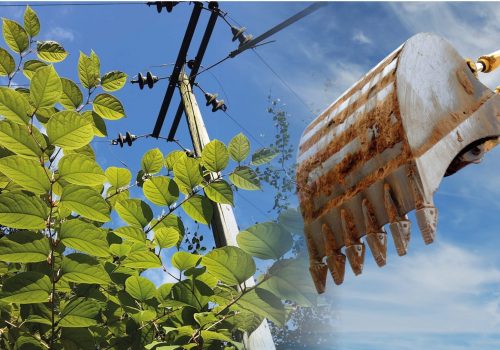
Japanese knotweed removal services
People ask what are Japanese knotweed removal services and how do professionals get rid of knotweed? Here we tell you what you need to know.

People ask what are Japanese knotweed removal services and how do professionals get rid of knotweed? Here we tell you what you need to know.

Yes, for construction and development, a survey is essential to prevent unexpected disruptions or additional costs due to Japanese Knotweed.

Yes, when selling, especially if there's a history or signs of Japanese Knotweed, a survey can provide necessary information for potential buyers.
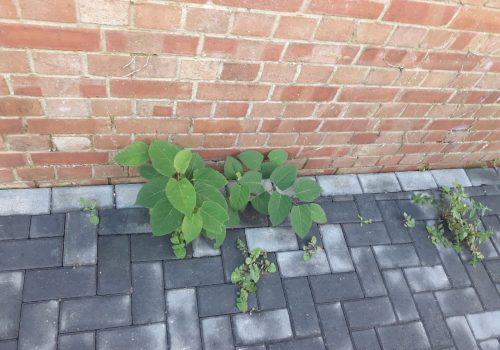
For property buyers, a survey is important to check for Japanese Knotweed, particularly in known infestation areas, to avoid future legal or management issues.
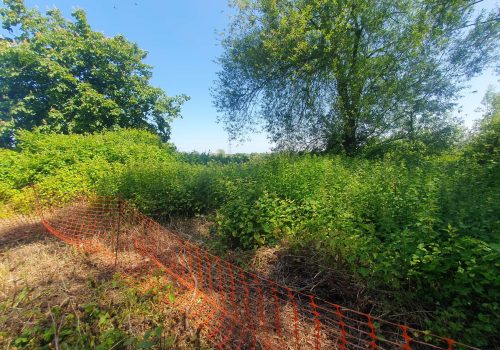
Consider a Japanese Knotweed Survey if you suspect its presence on your property, during property transactions, before construction projects, or if notified of its presence nearby.
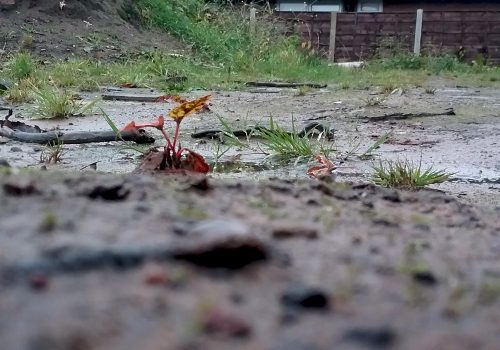
A Japanese Knotweed survey is crucial for accurately differentiating the plant from similar species, understanding the spread of its invasive root system, and formulating effective management strategies.

The survey includes identification of Japanese Knotweed, mapping its extent and severity, checking rhizome spread, and providing a comprehensive report with findings and recommendations.

Japanese Knotweed Survey is a specialised inspection by trained professionals to identify the presence, extent, and future risks of Japanese Knotweed on a property or site.

Answering your Japanese knotweed questions including important topics like: What are the key features of Japanese knotweed stems?
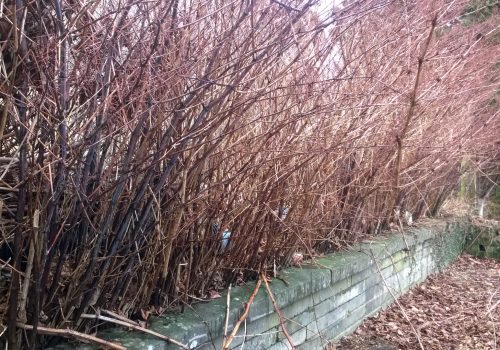
In winter, Japanese Knotweed stems dry out, becoming brown and brittle, in contrast to their lush appearance in summer.
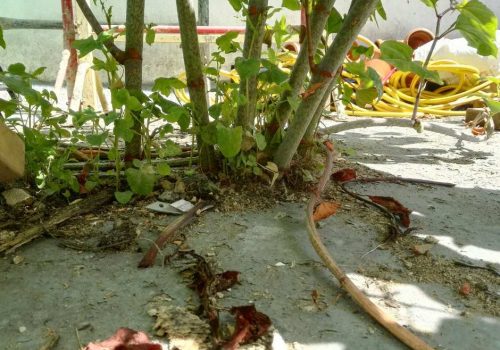
In summer, Japanese Knotweed stems are bamboo-like in shape and size, with purple speckles and green leaves sprouting from each node.
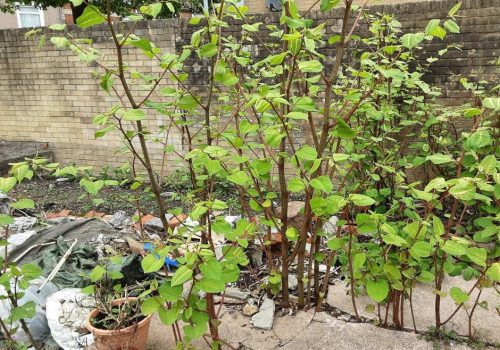
Japanese Knotweed stems, growing 2-3 meters tall, resemble bamboo in summer with distinctive purple speckles and vibrant green leaves at each node. They become hollow as they mature and turn brown and brittle in winter.
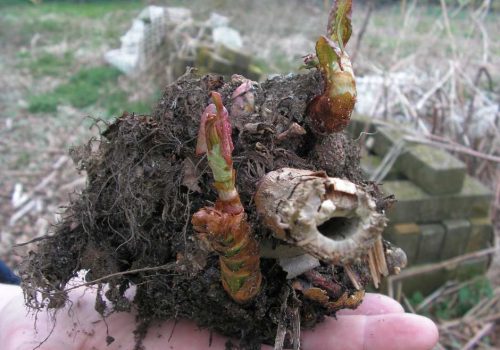
Japanese Knotweed roots are dark brown on the outside and orange/yellow inside, and they can snap easily when fresh, resembling the texture of a carrot.

The extensive and robust root system of Japanese Knotweed, capable of spreading wide and deep, is key to its rapid spread and resilience, allowing it to regenerate from small root fragments

The root system of Japanese Knotweed can grow up to 2 meters deep and extend 7 meters horizontally from the plant, with even small fragments capable of forming new plants.
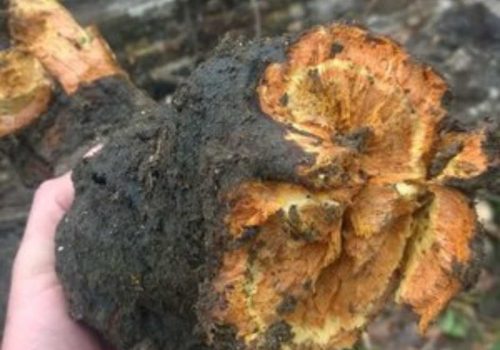
Japanese Knotweed roots, or rhizomes, can be identified by their dark brown exterior and orange/yellow interior. They are brittle and snap easily like a carrot when fresh

Japanese Knotweed typically begins to flower in late summer, around the end of August and early September.
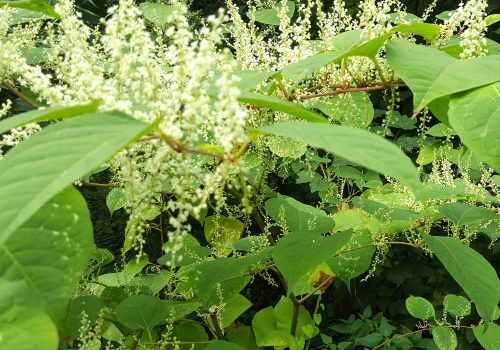
Japanese Knotweed flowers are creamy white, growing in elongated clusters about 0.5cm wide and 10cm long, typically visible with the plant's leaves in late summer.
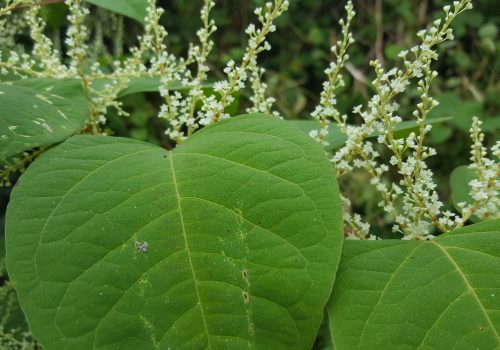
Japanese Knotweed flowers, appearing in late summer, are elongated clusters of creamy white flowers, each around 0.5cm wide and up to 10cm long, often amidst dense foliage of its distinct leaves.

The leaf shape of Japanese Knotweed, being shovel-shaped with pointed tips and a unique stem arrangement, is a key feature for distinguishing it from other similar-looking weeds.

Japanese Knotweed leaves are shovel-shaped (not heart-shaped), with each leaf having a point at the tip and arranged in a zig-zag pattern on the stem, growing up to 200mm in length.

Identify Japanese Knotweed by its shovel-shaped leaves with pointed tips, staggered on the stem to create a zig-zag pattern, and growing up to 200mm long in a luscious green colour.
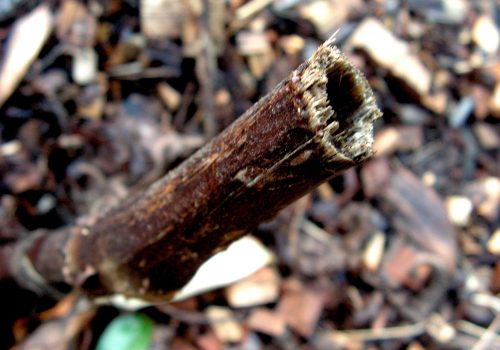
Winter is ideal for tackling Japanese Knotweed as the plant is dormant, making it easier to excavate and remove the crown and rhizomes without disturbing new growth.

In Winter, identify Japanese Knotweed by its brown, brittle, and erect canes, as the plant loses its leaves and flowers but the shoots remain visible.
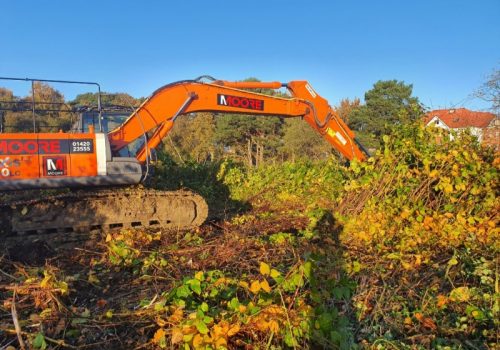
In autumn, Japanese Knotweed has a dense canopy of leaves turning yellow and orange, wilting leaves, tall brown hollow stems, and the canes become more visible as the leaves fall.
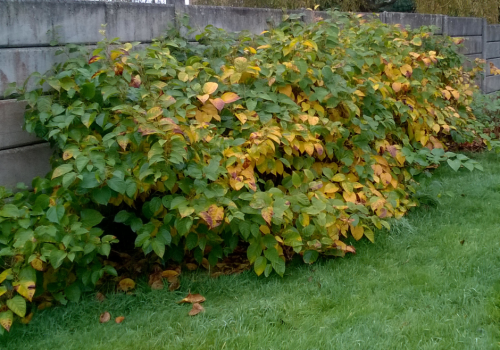
Japanese Knotweed leaves change to yellow and orange, wilt in September and October, and the plant's hollow stems turn brown, making the canes more distinguishable as leaves fall

In autumn, look for a dense covering of leaves turning yellow and orange, becoming brittle and wilting, with 2-3 meter tall plants and hollow stems turning brown.

Look for tall canes growing 3 to 3.5m high, with large, shovel-shaped green leaves and clusters of creamy-white flowers, forming a dense canopy of lush green foliage..

Identifying Japanese Knotweed in summer can be difficult due to the abundance of other flowering plants and weeds that may resemble it.

Japanese Knotweed in summer is characterized by its large, green leaves up to 200mm long, semi-dense stands of tall canes, and clusters of creamy-white flowers.